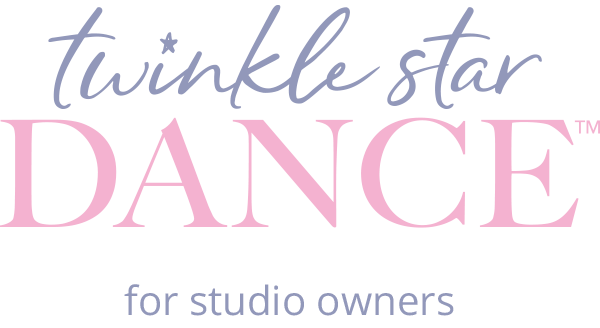Preschool dance classes are much more than an introduction to dance; they lay the foundation for developing essential motor skills, body awareness, and a lifelong passion for movement. To create a successful learning environment for young dancers, it’s important to focus on a few core areas: skill development, engagement, repetition, and structure. Let’s take a closer look at how these elements help guide preschoolers on their dance journey.
1. Skill Development: A Balanced Approach
Building dance skills in preschoolers requires a balance of structured learning and creative exploration. Instructors should introduce basic dance techniques, like pliés or jetés, while ensuring the movements align with the children's developmental stage. A combination of “follow me” exercises, where students mirror the teacher, and opportunities for independent practice fosters both imitation and self-discovery.
Using imaginative themes makes skill-building fun and engaging. For example, comparing a plié to "putting toast in the toaster" or jeté to jumping "over a puddle" turns abstract movements into something relatable for young dancers, helping them grasp the concept.
2. Engagement: Keeping Learning Fun
Keeping preschoolers engaged is key to maintaining their interest and enthusiasm. Incorporating playful themes and stories, such as a “Boo Bash” adventure where children make faces like jack o'lanterns, brings the lesson to life. These creative contexts make the dance moves meaningful, allowing children to connect emotionally and mentally with what they’re learning.
By weaving stories into the session, you’re not only making the class enjoyable but also helping young dancers remember movements by associating them with fun imagery.
3. Repetition: The Power of Practice
Repetition is a critical component of preschool dance. Children need to practice movements multiple times to fully internalize them. Rather than simply repeating the same steps, vary the approach—teach a shuffle step through demonstration, practice it during skill building at the ballet barre, and then incorporate it into a short dance combination.
This variation keeps the repetition exciting while ensuring that young dancers have ample opportunities to refine their skills and build confidence.
4. Structure: Creating a Consistent Framework
Preschoolers thrive on routine and structure. A well-organized class helps them understand what to expect and feel comfortable participating. Each class should follow a clear sequence, including choreographed warm-up, skill-building activities, center movement, and class combinations.
A consistent structure creates a secure environment for learning, while providing flexibility for both individual and group activities. This balanced approach encourages independence while also fostering teamwork and social interaction.
5. Connecting Body and Mind: Speaking and Doing
Young children often learn best when they can verbalize their actions. Encourage preschoolers to talk about the movements they’re doing or how it makes them feel. This "brain-body" connection enhances understanding and helps them internalize the skills.
For example, asking children to say their skills while doing them or express how they feel when dancing helps them process the movement, making it easier to retain.
6. Tailoring Instruction: The Zone of Proximal Development
Every child progresses at their own pace, and understanding each dancer’s individual needs is crucial. The Zone of Proximal Development (ZPD) refers to the gap between what a child can do independently and what they can achieve with some guidance. By offering personalized support within each child’s ZPD, instructors can gently push them to grow, encouraging independence when ready.
7. Tracking Progress: Skill Books and Passports
Tracking a preschool dancer's progress can be a motivating tool for both the child and their parents. Using passports or skill books with stamps or stickers to mark achievements helps visualize growth. It serves as a positive reinforcement, celebrating milestones along the way and keeping students engaged in their development.
The Four Pillars of Preschool Dance
To ensure preschool dancers are receiving a well-rounded experience, classes should revolve around these four essential pillars:
Center Movement: Focusing on core, foundational movements that serve as the building blocks for more complex skills later on.
Skill Building: Developing key dance techniques through both structured learning and creative play.
Just for Fun: Infusing joy and playfulness into every class to foster a genuine love for dance.
Showtime: Offering performance opportunities to build confidence and celebrate each dancer’s progress.
By focusing on these elements, preschool dance classes not only introduce children to the world of movement but also help them build confidence, coordination, and creativity, all while nurturing a deep love for dance.
Meet Tiffany Henderson
Tiffany Henderson is a renowned leader and expert in the dance industry. She is the owner of several Tiffany's Dance Academy locations across Northern California. Tiffany’s innovative video-based teacher training system and curriculum, Twinkle Star Dance, is successfully used in over 300 dance studios around the globe.
